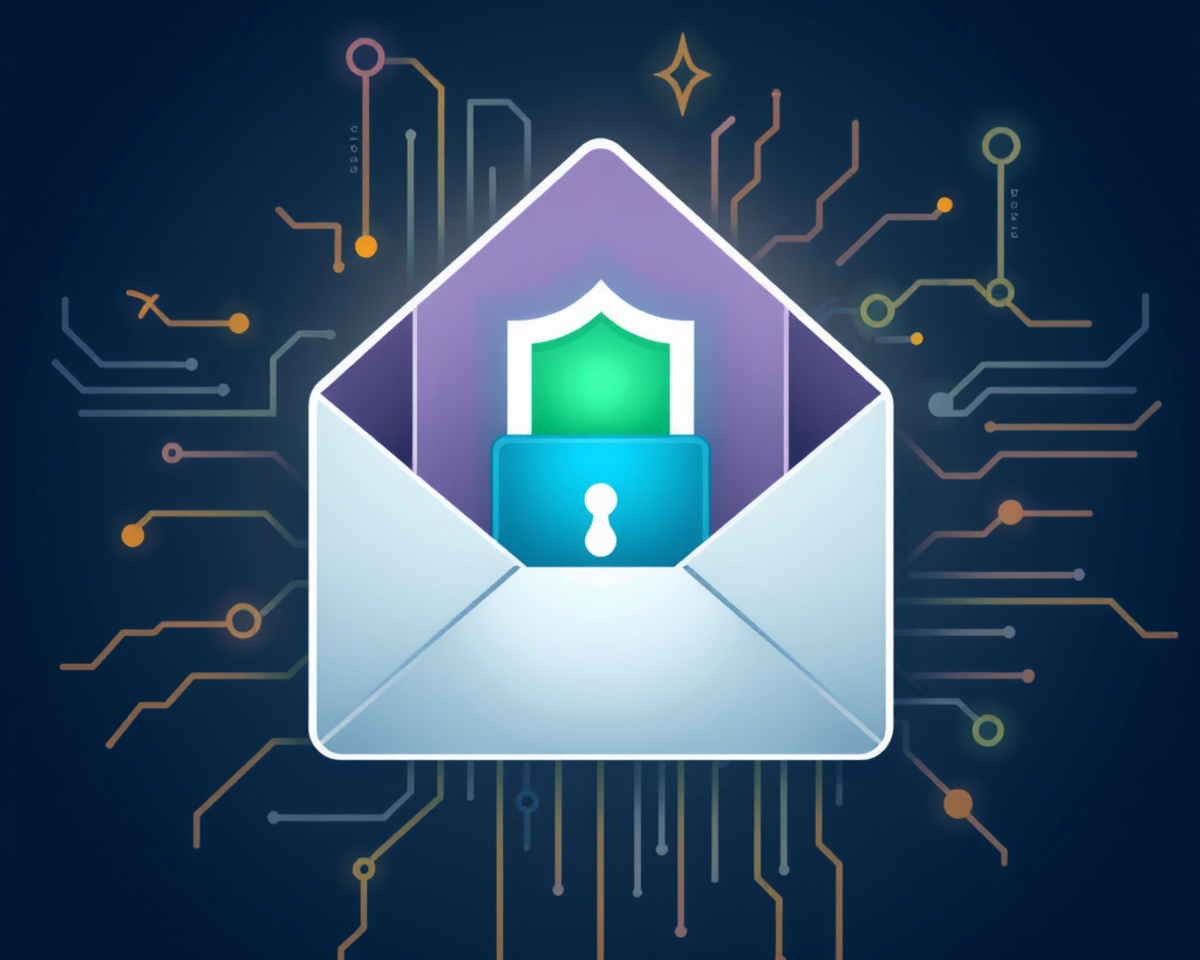
How to Protect Your Email: Essential Strategies for Email Security
In our increasingly digital world, email remains a vital communication tool. However, with its widespread use comes the risk of cyber threats, including phishing attacks, hacking, and spam. Therefore, protecting your email is crucial to safeguarding your personal information and maintaining your privacy. Here are some effective strategies to enhance your email security.
- Use Strong Passwords: One of the simplest yet most effective ways to protect your email is by using strong, unique passwords. A strong password typically consists of a combination of uppercase and lowercase letters, numbers, and special characters. Avoid using easily guessable information, such as birthdays or common words. Consider using a password manager to help generate and store complex passwords securely. This way, you won’t have to remember multiple intricate passwords, and you can ensure each account has a unique password.
- Enable Two-Factor Authentication (2FA): Two-Factor Authentication (2FA) adds an extra layer of security to your email account. With 2FA enabled, even if someone obtains your password, they would still need a second form of verification to access your account. This typically involves receiving a code on your mobile device or using an authentication app. 2FA significantly reduces the risk of unauthorized access to your account, making it much harder for hackers to compromise your email.
- Be Cautious with Phishing Emails: Phishing attacks are one of the most common methods used by cybercriminals to steal sensitive information. These emails often look legitimate and may ask you to click on a link or provide personal information.Tips for Avoidance
- Always verify the sender’s email address, especially if the message seems suspicious.
- Hover over links to see the actual URL before clicking.
- Be wary of emails that create a sense of urgency or fear, prompting you to act quickly.
- Regularly Update Your Software: Keeping your email client and device software up to date is crucial for security. Developers frequently release updates that patch vulnerabilities and enhance security features. Enable automatic updates whenever possible to ensure you always have the latest protections against potential threats.
- Use Secure Connections: When accessing your email, especially on public Wi-Fi networks, ensure you are using a secure connection. Avoid logging into your email account on unsecured networks, as they can be easily intercepted by cybercriminals. Consider using a Virtual Private Network (VPN) when accessing your email on public Wi-Fi. A VPN encrypts your internet connection, providing an additional layer of security.
- Regularly Review Account Activity: Most email services offer a way to review recent account activity. Regularly checking this activity can help you identify any unauthorized access or suspicious behavior.Steps to Take
- Log into your email settings and look for account activity or security settings.
- If you notice unusual activity, such as unfamiliar login locations or devices, change your password immediately and consider enabling 2FA if you haven’t already.
- Educate Yourself About Security Practices: Staying informed about the latest cybersecurity threats and best practices is crucial. Cyber threats are constantly evolving, and being aware of the current landscape can help you make informed decisions. Consider following cybersecurity blogs, subscribing to newsletters, or attending workshops focused on digital security.
Conclusion

Protecting your email is an essential aspect of maintaining your overall online security. By implementing strong passwords, enabling two-factor authentication, being cautious of phishing attempts, keeping your software updated, using secure connections, regularly reviewing your account activity, and educating yourself about security practices, you can significantly reduce the risk of cyber threats. Remember, your email is often the gateway to your personal and financial information, so taking proactive measures to secure it is vital.